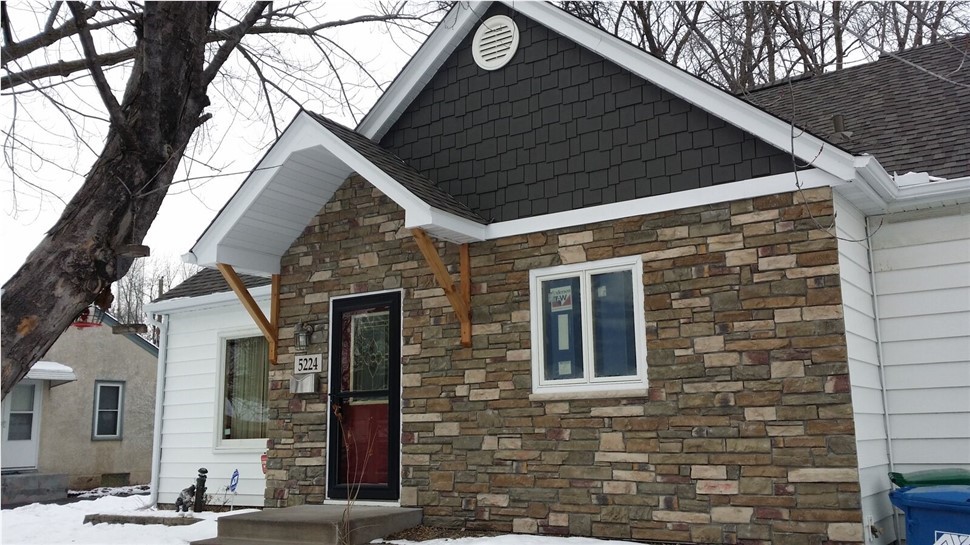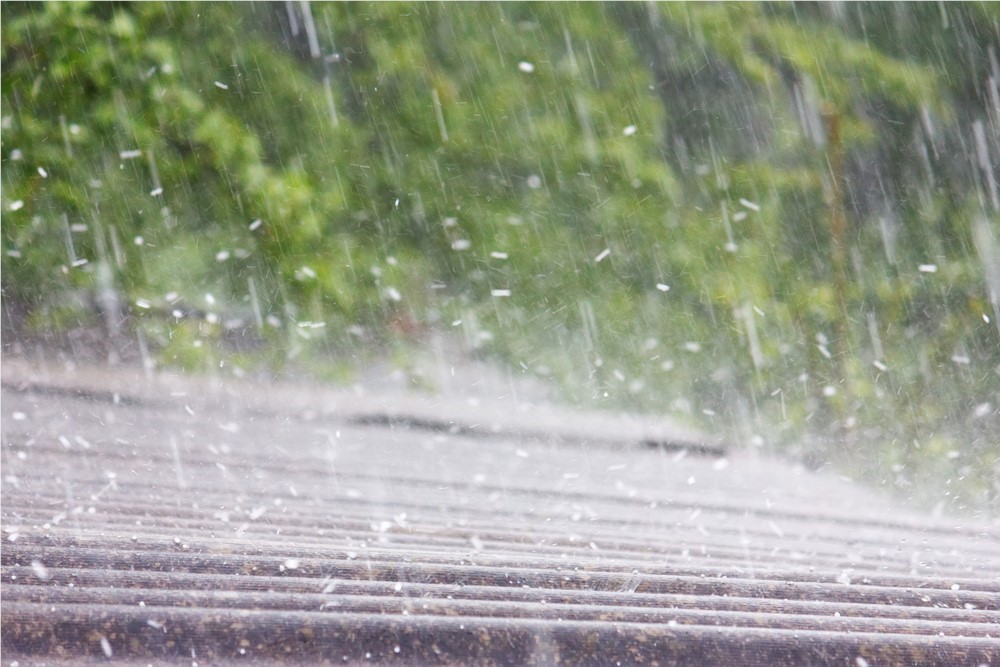Nothing lasts forever, and that's true of even long-lasting materials such as our steel roofing. Granted, it will last far longer than most other comparable roofing materials, but eventually it will need to be replaced. But in most cases, that's going to be decades in the future. Your home's structure is more likely to fail before a metal roof will. But regardless of the type of roofing material you have, it WILL fail sooner or later. Here are some of the most common reasons. It's good to be aware of them, because in some of these cases there are things you can do to extend the life of your roof.
 The Main Causes of Roof Failure
The Main Causes of Roof Failure
Lack of insulation/ventilation: Keeping a roof cooled is extremely important if you want to prolong its life. Certain types of roofing, such as wood shakes and asphalt shingles, are more prone to deterioration from excessive heat. Proper insulation and ventilation are also critical to prevent ice dam formation, which can cause roof damage as well as water leaks into your home. (You'll also get higher utility bills, but that's another issue.) Warm air inside the attic space will also cause cycles of expansion and contraction, which can damage not just the roofing but other structures. And finally, trapped air can lead to mold and rot inside the attic. Damage from storms: We see this frequently in the Twin Cities, and we often get called on to repair storm damage to siding and roofing. Lightning strikes can cause fires, and high winds can tear off whole sections of shingles. Even if the roofing stays in place,wind lift can loosen shingles, allowing both air and water to get underneath, leading to deterioration. Hail storms are also a threat to roofing. It doesn't take those large golf-ball sized nuggets to do it, either. Even pea-sized hail pelting an asphalt roof can strip whole areas of the protective roofing granules. Poor Maintenance: Every roof requires some sort of regular maintenance to keep it in good shape. At the very least, you should either be inspecting it yourself or having it professionally inspected regularly. How often depends on the age of the roof, and we'll be covering that in an upcoming post. At the very least, you should check your roof after every hail storm, severe rain storm, or high wind storm. In addition to inspections, there are other things you need to take care of regularly, such as gutter clean-out each spring and fall. Clogged gutters can lead to water backing up underneath your roofing Other things are removing snow build-up in the winter, and having your roof professionally cleaned if moss, algae, or mold develops. And if you're in a wooded area, keep your eye out for seedlings and saplings sprouting out of wood shake or asphalt roofing.
Flashing problems: Properly-installed flashing is critical to a roof's health. When the right materials or techniques aren't used to install flashing, leaks can result. Flashing should also be checked after a storm, because high winds or heavy rains can strip it away. We're here for you to help you keep your existing roof healthy, or to replace it when its useful life is over. In addition to roof repair and replacement as well as ice dam removal and prevention, we also offer storm damage repair and inspections. We can even inspect your roof virtually! We are a licensed Minnesota roofing contractor and we serve the greater Twin Cities metro area.
Subscribe to Quarve Contracting's Blog






Comments